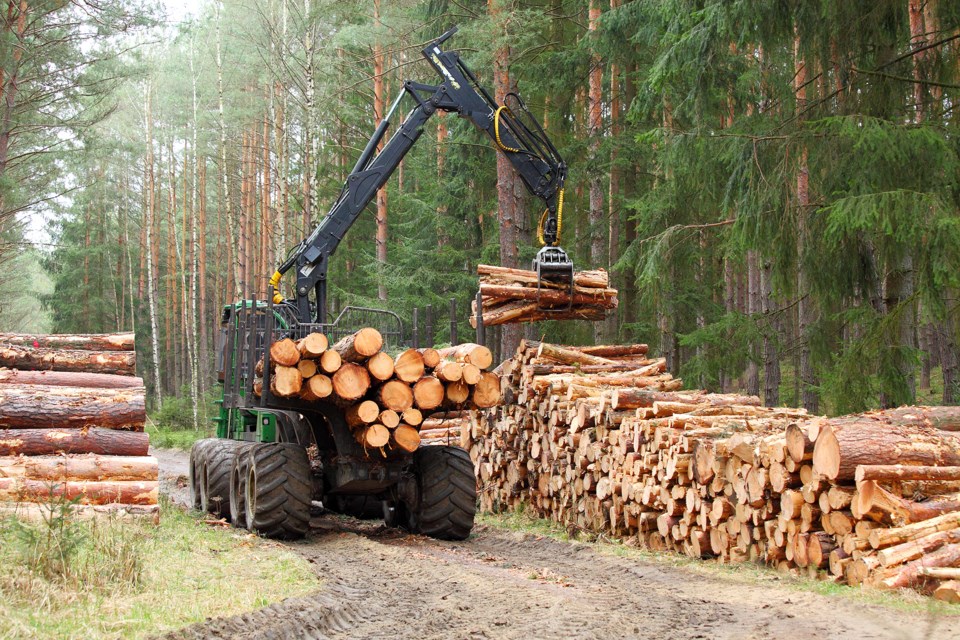The B.C. government plans to move back to a more prescriptive approach to forestry — one that gives First Nations and communities more say on how harvesting is done, and puts more emphasis on forest health.
Katrine Conroy, minister of Forests, Lands, Natural Resource Operations and Rural Development, announced Wednesday that her government has introduced legislation to amend the Forest and Range Practices Act to give the provincial government more direct control over how forestry is done in B.C. The new approach is called Forest Landscape Planning. The government describes it as a framework for "repositioning government as the land manager."
Whereas the system in place now is results-based, the new approach will be more prescriptive, which may raise concerns for forestry companies that B.C. is moving back to the model adopted by the NDP government of the 1990s, when the B.C. Forest Practices Code became synonymous with micro-management by bureaucrats.
The prescriptive model of the B.C. Forest Practices Code was replaced by the Gordon Campbell Liberals with a results-based approach, in which the government set expectations, but left it up to professional foresters to develop harvesting plans, and then conducted audits to see if the rules were being followed.
New forest landscape plans will be developed by government and First Nations.
"Those plans will be developed to look at the ecosystem, the health, the harvesting of the area," Conroy said at a press conference Wednesday. "Those will be the big picture plans. Right now we have forest stewardship plans that are done in isolation with companies — with industry — some with no collaboration with government and indigenous nations.
"We then will be introducing forest operations plans, where the licensees will show where they're going to harvest, how they're going to harvest, what they're going to harvest, and also where they're going to build roads and how they're going to maintain them. And they will share that information with the public."
She said it gives government and the public more say in forestry planning and management.
"And it primarily gives indigenous voices back to managing the forests on their traditional territory," Conroy said.
Conroy cited one example of what is wrong with the current system, in which two parallel logging roads were built by logging companies, when one would have sufficed.
"Right now, government has no control over where those roads are built, how they're maintained or what happens to them," Conroy said.
Under forest landscape planning, forestry companies will have to show the public where the roads will be built. Asked if the new plan will result in further reductions in the annual allowable cut, Conroy either couldn't or wouldn't say.
"That will be the Forest Act," she said. "We're changing policies that were put in place two decades ago. Our vision is to have forests that share the benefits with people, with indigenous nations but also with local communities. So we are making changes that bring the Forest Act into the 21st Century."
"Improvements to the Forest and Range Practices Act pave the way for a new model of forest stewardship in British Columbia," chiefs of the Southern Dakelh Nation Alliance said in a press release. "We look forward to increased opportunities to work with the province and forest licensees to ensure forest management practices support our title, rights and values for future generations."




